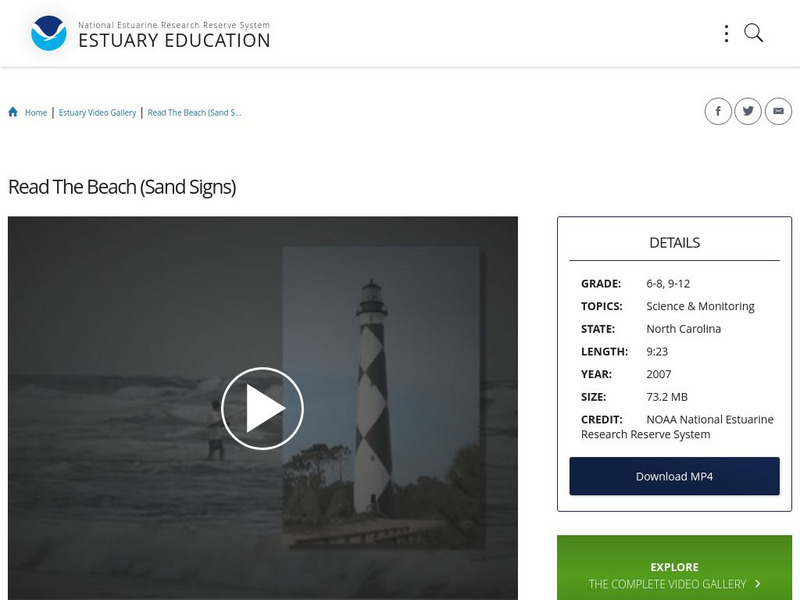Curated Video
#8 How to Make Inferences While You Read (Reading Comprehension)
In this video, I teach you how to make inferences while you read. A lot of times, the author doesn't tell us directly what is happening so we have to make inferences. I teach a simple and easy process to help you understand what you are...
Curated Video
More Practice Making Inferences {Comprehension: Inferring}
Part 2 gives practice to how to infer using clues from the book and what's in our brain. PART 1 INFERENCES: • Making Inferences {Comprehension: Inf...
Language Tree
Collaborative Listening and Speaking: Reading and Viewing Closely, Part 1
This video teaches English learners how to breaking down presentations and / or passages to pinpoint the main idea, details, similarities and differences to gain deeper understanding. It also shows how to identify the concept of cause...
Language Tree
Getting the attention of a deaf person (ASL tips)
American Sign Language (ASL) is one of the fastest growing languages today. ASL is the primary language of the Deaf community and schools for the Deaf in the United States and Canada. After watching this video your child will learn more...
Curated Video
Drawing Conclusion
Drawing Conclusions teaches how to use clues from informational text to draw conclusions.
Clarendon Learning
What is an Inference? | Making Inferences for Kids | Inference and Reading Comprehension Practice
What is an Inference? Making an inference simply means to use what you already know to make a guess about something that you don’t know. It is a very important reading comprehension skill and throughout this video we help your kids and...
Curated Video
The Good And Bad Of Using Different Online Personas
Students meet ELA Common Core State Standards by making inferences about whether playing with identity online is harmful or harmless. Students learn to read a text closely, analyze details of how characters interact in a text, and draw...
Curated Video
Examining Theme
Theme explores the concept of theme by defining examples of themes commonly found in literature.
NOAA
Noaa: Estuary Education: Read the Beach (Sand Signs)
A scientist teaches students how to gather evidence and make scientific inferences about the beach just by looking at the sand. [9:23]



